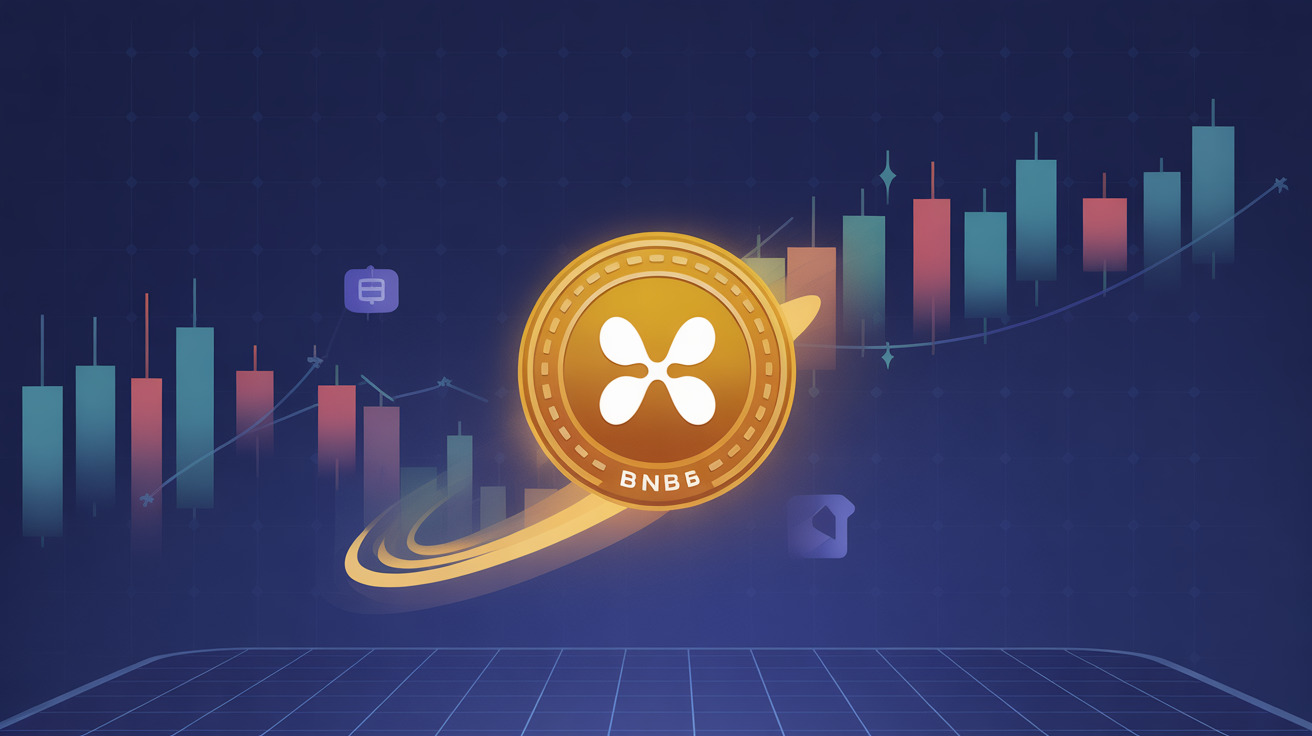Bitcoin Awaits Fed’s Signal as Market Bets on End of Quantitative Tightening
The potential conclusion of the Federal Reserve’s (Fed) quantitative tightening (QT) program could provide a boost to Bitcoin (BTC) and other risk assets, though economic uncertainty may curb optimism.
As Bitcoin attempts to recover from its recent decline, investors are focusing on Wednesday’s Fed meeting, where a possible announcement about the end of QT could impact market sentiment.
The Fed’s rate decision is scheduled for 18:00 UTC, followed by a press conference with Chairman Jerome Powell.
While interest rates are expected to remain steady in the 4.25%-4.50% range, the key focus will be on any signals regarding the QT program. Policymakers must consider liquidity challenges as the U.S. Treasury faces ongoing debt ceiling constraints. Additionally, the Fed’s summary of economic projections (SEP) will offer further insight into its policy trajectory.
Since June 2022, the Fed has been gradually reducing its $9 trillion balance sheet, which expanded due to aggressive asset purchases during the COVID-19 crisis. The QT program has tightened financial conditions, reversing the liquidity-driven boom that fueled Bitcoin’s surge in 2020-21. However, January’s Fed minutes revealed discussions about slowing or pausing QT, increasing the likelihood that Powell may address the issue today.
Noelle Acheson, author of Crypto Is Macro Now, noted: “Powell suggested last year that QT could wrap up in 2025. If he reiterates that today, it could mark a significant shift, indicating that the Fed is prepared to act if market conditions warrant.”
Although a full return to quantitative easing (QE) remains unlikely in the near term, Acheson pointed out that halting QT would allow the Fed to reinvest maturing securities, injecting fresh liquidity into markets. This move could also help stabilize the Treasury market, which faces a staggering $9 trillion in debt maturities this year.
Lauren Goodwin, an economist at New York Life Investments, echoed these sentiments, suggesting that an earlier-than-expected QT conclusion would serve as a dovish signal for markets.
Traders on decentralized betting platform Polymarket currently assign a 100% probability that QT will end before May. The bet will be resolved as “Yes” if the Fed expands its securities holdings by the end of April.
Bank of America Foresees QT Ending
Major investment banks, including Bank of America (BofA), anticipate that the Fed will soon announce a pause in QT, pointing to economic uncertainty linked to President Donald Trump’s trade policies.
“Our rates strategists expect the Fed to indicate a QT pause as it navigates the debt ceiling issue, as suggested in the January meeting minutes. They do not foresee QT resuming afterward, with an official announcement likely later this year,” BofA wrote in a March 14 client note.
A pause in QT could put downward pressure on U.S. Treasury yields, reducing borrowing costs and making Bitcoin and other risk assets more appealing to investors.
Stagflation Risks Loom Over Bitcoin’s Prospects
Trump’s tariffs have heightened inflation concerns while also threatening economic growth, fueling stagflation fears. If the Fed’s latest projections acknowledge this scenario, it could delay rate cuts, tempering Bitcoin’s potential gains from a QT pause.
Acheson warned that signs of stagflation—such as weaker GDP growth projections paired with higher core PCE inflation estimates—could emerge in the Fed’s SEP, which may unsettle investors.
“If the Fed formally signals a stagflationary shift, markets could react negatively. Some of these concerns are already priced in, but confirmation that rate cuts will be delayed could surprise traders expecting immediate liquidity relief,” Acheson noted.
Recent U.S. retail sales and regional manufacturing data have pointed to economic weakness, while inflation expectations have been rising, likely in response to Trump’s trade policies.
Summarizing the outlook, Bank of America stated: “Given the latest data and enacted policies, we anticipate the Fed will lower its growth forecast while adjusting inflation expectations upward—indicating a subtle but clear acknowledgment of stagflation risks.”
Despite these challenges, BofA still expects the Fed’s dot plot to show two rate cuts in 2025 and 2026, reflecting the delicate balancing act ahead for policymakers.





